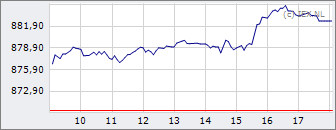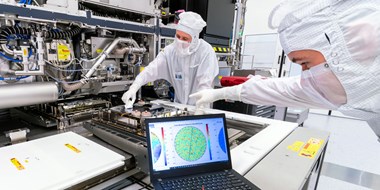Direct naar Forum

|
AEX
874,02
0,00
0,00%
24 apr
|
|

|
|

|
Germany40^ |
18.086,70
|
-0,01%
|
|

|
BEL 20 |
3.883,83
|
0,00%
|
|

|
Europe50^ |
4.990,80
|
+0,02%
|
|

|
US30^ |
38.353,31
|
0,00%
|
|

|
Nasd100^ |
17.524,13
|
0,00%
|
|

|
US500^ |
5.072,39
|
0,00%
|
|

|
Japan225^ |
37.998,76
|
0,00%
|
|

|
Gold spot |
2.315,87
|
-0,01%
|
|

|
EUR/USD |
1,0710
|
+0,11%
|
|

|
WTI |
82,90
|
0,00%
|
|
#/^ Index indications calculated real time, zie
disclaimer
-
Premium


-
Premium


-
Premium


-
Premium


-
Premium

